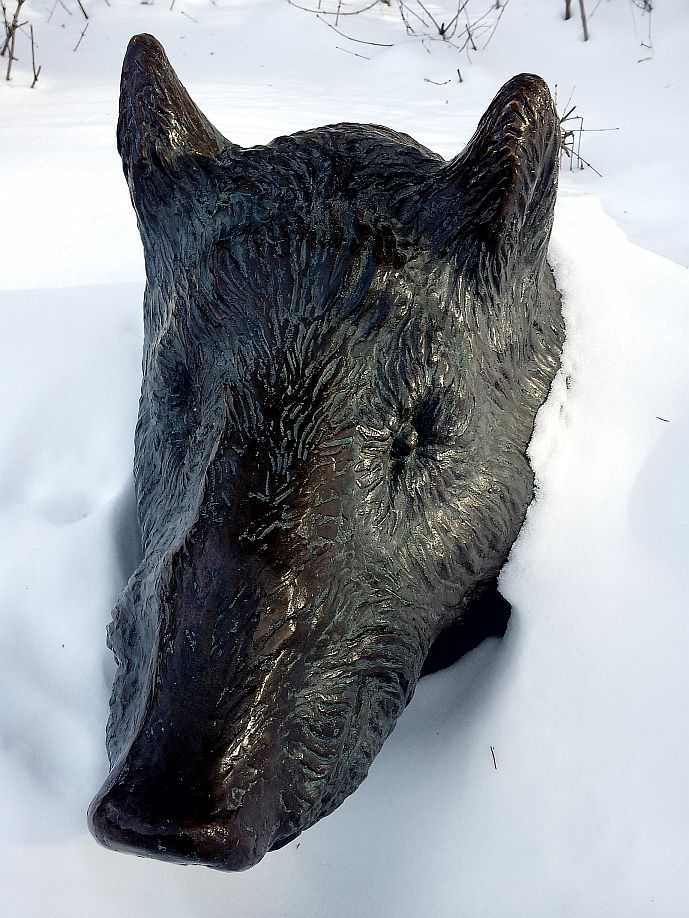Note that your final mark will not be saved in the system.
Context GapFill
You must fill all the gaps before clicking ‘Check Answers!’

Originally published in , Lord of the Flies takes an immediate literary context from R M Ballantyne's 1858 adventure, The Island. In fact, the names Ralph and were used for two of the three main protagonists in the earlier story. A former schoolteacher and in the Royal Navy in World War II, Golding combined his prior experiences in choosing the novel's subject matter, an exploration into the nature of evil.
Golding's experience of war taught him that acts of evil crossed all political and ideological boundaries. To emphasise the universality of the human capacity for evil, Golding did not depict any island in the novel, whose cultural practices and superstitions might have become the focus of the critique. This was a departure from previous similar narrative scenarios such as Robert Louis Stevenson’s Island (1883) and films such as King from 1933, where savagery was linked with no exposure to conditions of modern civilisation rather than removal from them. The novel's original title, The Within, suggests Golding's emphasis was always to be on existential rather than environmental factors.
As well as being influenced by World War II, the novel was influenced by the ongoing War and the threat of the bomb, which is mentioned by Piggy in the text. Relatedly there is a fiction element to the story, in that the that detaches in order for the boys to land safely was a piece of aeronautical technology that hadn't been invented at the time. This would place the novel in a subgenre of post-apocalyptic fiction, alongside contemporary titles such as John Wyndham’s The Day of the (1951) and On the by Nevil (1957).